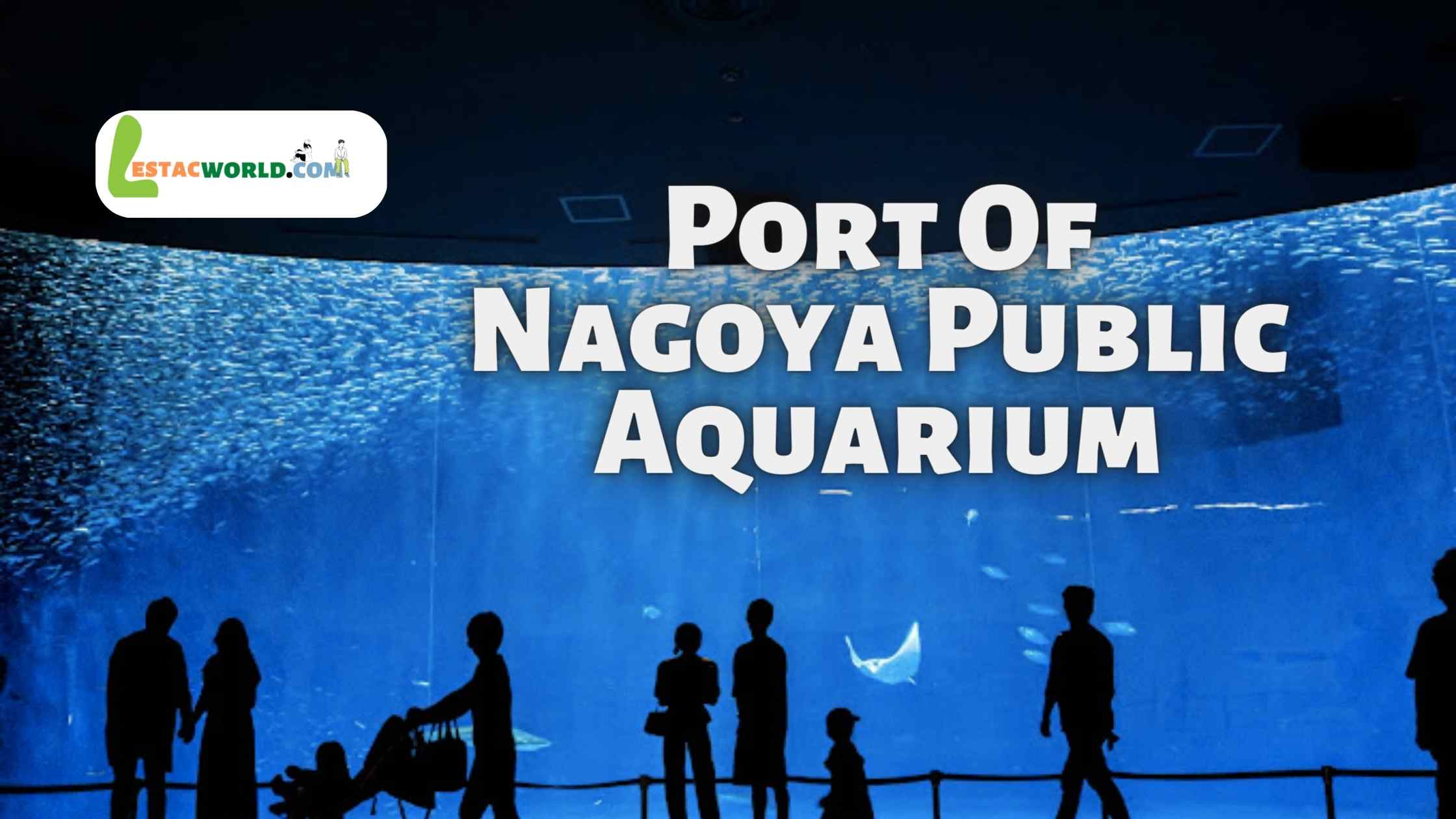About Port of Nagoya Public Aquarium
The Port of Nagoya Public Aquarium is a large public aquarium located in the city of Nagoya, Japan. Here are some key facts about the aquarium:
- The aquarium was opened in 1992 and is operated by the Port of Nagoya Authority.
- The aquarium has a total floor area of 41,000 square meters, making it one of the largest public aquariums in Japan.
- The aquarium has 12 exhibition areas with over 600 species of marine life on display.
- One of the main attractions of the aquarium is the Pacific Ocean Tank, which holds 5,400 cubic meters of water and is one of the largest indoor tanks in the world. It features a wide variety of sea creatures including whale sharks, manta rays, and schools of fish.
- The aquarium also has a dolphin show, sea lion show, and penguin parade.
- The aquarium is committed to education, conservation, and research, and offers various educational programs and opportunities for visitors to learn about marine life and environmental issues.
- In addition to the aquarium, the Port of Nagoya also has a maritime museum and a science museum, making it a popular destination for both tourists and locals.
Overall, the Port of Nagoya Public Aquarium is a popular and well-respected institution that offers a unique and educational experience for visitors of all ages.
History timeline of Nagoya Public Aquarium
The Nagoya Public Aquarium is a large aquarium located in Nagoya, Japan. Here is a timeline of its history:
- 1954: The Nagoya Municipal Government established a “Marine Biological Research Center” on the site where the Nagoya Public Aquarium is now located.
- 1960: The “Nagoya City Marine Museum” was established as part of the Marine Biological Research Center.
- 1972: The Nagoya City Marine Museum was renamed the “Nagoya City Aquarium” and opened to the public.
- 1989: The aquarium underwent a major renovation, including the construction of a new building and the addition of new exhibits.
- 2003: The aquarium underwent another major renovation, including the addition of a large outdoor pool for dolphins and sea lions.
- 2011: The aquarium opened a new exhibit called “Deep Sea Life” featuring creatures from the deep sea.
- 2019: The aquarium added a new exhibit called “Whale Shark Tank” featuring two whale sharks.
Throughout its history, the Nagoya Public Aquarium has been committed to education, conservation, and research. It has also played a significant role in promoting public awareness of marine life and environmental issues.
How to reach Port of Nagoya Public Aquarium
The Port of Nagoya Public Aquarium is located in the city of Nagoya, Japan. Here are a few ways to reach the aquarium:
- By train: Take the subway to the Nagoyako Station on the Meiko Line, which is the nearest station to the aquarium. From there, it’s just a 5-minute walk to the aquarium.
- By bus: Take the Nagoya Sightseeing Route Bus Me-Guru and get off at the Port of Nagoya Public Aquarium stop.
- By car: If you’re driving, the aquarium is easily accessible from the Tomei Expressway or the Nagoya Expressway.
The aquarium’s address is 1-3 Minatomachi, Minato-ku, Nagoya, Aichi Prefecture 455-0033, Japan.
Attractions in Nagoya Public Aquarium
The Port of Nagoya Public Aquarium is one of the largest and most impressive aquariums in Japan, with a variety of exhibits and attractions to see. Here are some of the most popular attractions:
- Pacific Ocean Tank: The aquarium’s main attraction is the massive Pacific Ocean Tank, which contains a wide variety of marine life, including whale sharks, manta rays, and schools of fish.
- Dolphin and Whale Shows: Visitors can watch live shows featuring dolphins and whales, which showcase their impressive intelligence and acrobatic abilities.
- Aqua Gate: This 40-meter long tunnel provides visitors with an immersive experience, as they walk through a glass tunnel surrounded by schools of fish, sharks, and other marine life.
- Amazon River and Tropical Rainforest Exhibits: These exhibits feature a variety of animals and plants found in the Amazon rainforest, including piranhas, river otters, and colorful birds.
- Sea Turtle Exhibit: The aquarium is home to several species of sea turtles, including the endangered green sea turtle.
- Jellyfish Exhibit: The aquarium has an extensive collection of jellyfish, which are displayed in a variety of tanks and exhibits that highlight their unique beauty and mesmerizing movements.
- Penguin Exhibit: Visitors can watch penguins waddling, swimming, and playing in a naturalistic environment that mimics their Antarctic habitat.
- Touch Pools: The aquarium has several touch pools where visitors can touch and interact with a variety of marine creatures, including starfish, sea urchins, and crabs.
Do's and Dont's at Nagoya Public Aquarium
Here are some general do’s and don’ts to keep in mind when visiting the Port of Nagoya Public Aquarium:
Do’s:
- Follow the aquarium’s rules and guidelines, which may include things like not touching the animals or using flash photography.
- Respect the animals and their environment by not disturbing them or throwing anything into the tanks.
- Enjoy the exhibits and take the time to learn about the marine life on display.
- Take advantage of educational opportunities, such as watching live shows or attending workshops.
- Stay hydrated and wear comfortable shoes, as the aquarium is a large facility and requires a lot of walking.
Don’ts:
- Do not bring outside food or drinks into the aquarium.
- Do not smoke or use electronic cigarettes inside the aquarium.
- Do not run or behave in a way that could harm the animals, visitors, or staff.
- Do not touch or feed the animals, unless it is explicitly allowed.
- Do not litter or leave trash behind in the aquarium.
By following these basic do’s and don’ts, visitors can help ensure a safe and enjoyable experience for everyone at the Nagoya Public Aquarium.








Comment (0)